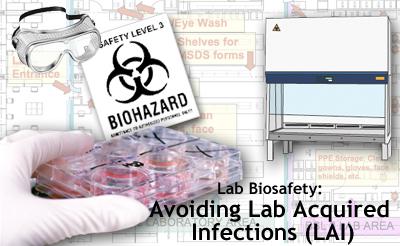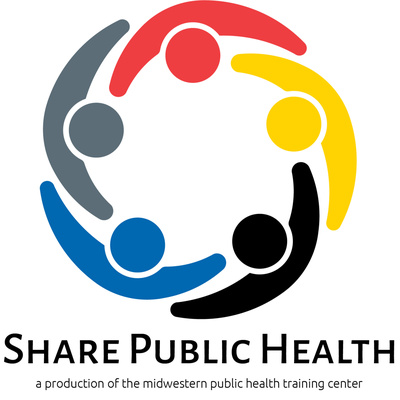There are four sections in this course:
- Section 1: Background
- Section 2: BSLs and Use of Equipment for Your Safety
- Section 3: Pathogens of Risk
- Section 4: Building Safety into Laboratory Practice
There are review questions at the end of each section. These review questions will provide you with an opportunity to apply the knowledge and skills presented in these sections. There is a post-test at the end of the course.
A Certificate of Completion is awarded on successful completion of this course.
Intended Audience
laboratorians who handle biological and microbiological samples in clinical, reference, public health, animal, research or teaching laboratories
Learning Objectives:
Upon completion of this part, you will be able to:
- Understand the dangers posed by working with pathogens commonly encountered in the laboratory and recognize how the consistent use of safe work practices can protect you from them
- Differentiate between the four biosafety levels in laboratories and know when each is used
- Explain how a biosafety cabinet (BSC) works, know how to use it properly and recognize when it is required for safety
- Identify several dangerous pathogens that have contributed to laboratory-acquired infections and recognize the “trigger points” for safe-handling which are associated with each one
- Define the responsibilities of management in creating a safe laboratory environment
Pre-requisites/Learning Level
HAZMAT Awareness for Healthcare Providers
Competencies addressed
Core Competencies for Public Health Professionals
Domain 1: Analytical/Assessment Skills
- 1A4. Uses information technology in accessing, collecting, analyzing, using, maintaining, and disseminating data and information
- 1A5. Selects valid and reliable data
- 1A6. Selects comparable data (e.g., data being age-adjusted to the same year, data variables across datasets having similar definitions)
- 1A8. Collects valid and reliable quantitative and qualitative data
- 1A14. Describes how evidence (e.g., data, findings reported in peer-reviewed literature) is used in decision making
CEUs Offered
None
Cost
Free
Modality/format
Online Self-Pace
Length
1 hour
Presenter(s) and/or Content Experts
Technical requirements:
- Adobe Acrobat Reader
- Flash Player
- Speakers
Registration requirements
Register a free account
Creation and/or update
July 19, 2013




